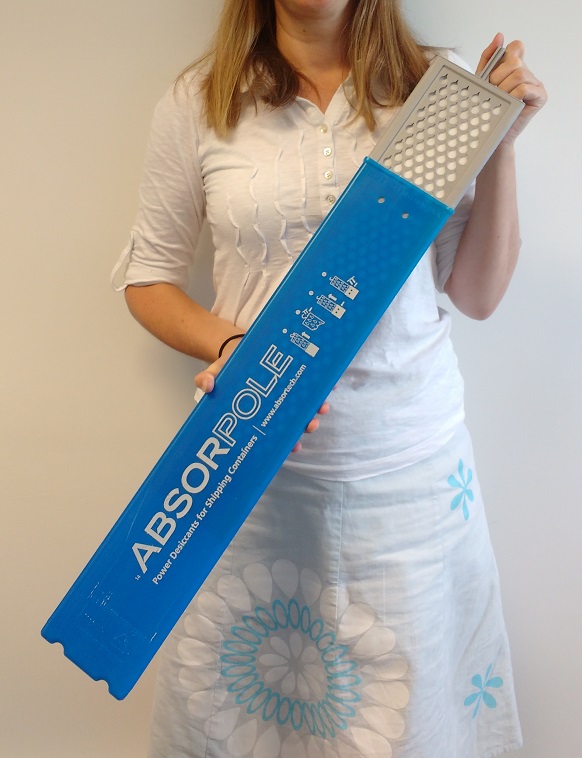Absorpoles
Absorpoles for UK delivery ONLY In some circumstances, shipping containers can suffer from condensation. Shipping containers are particularly prone to condensation when situated in the open, where they might be subjected to the warmth of the sunshine during the day, and the cold of the elements during the night. Most condensation forms near the interior …


